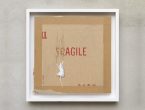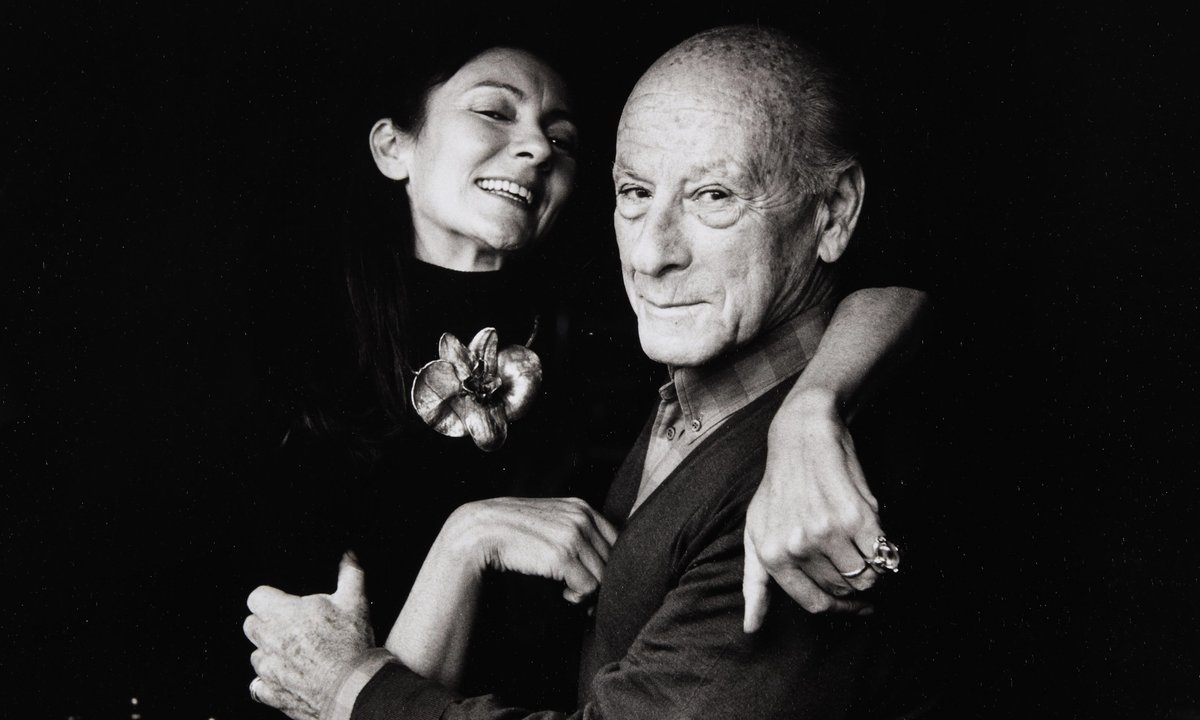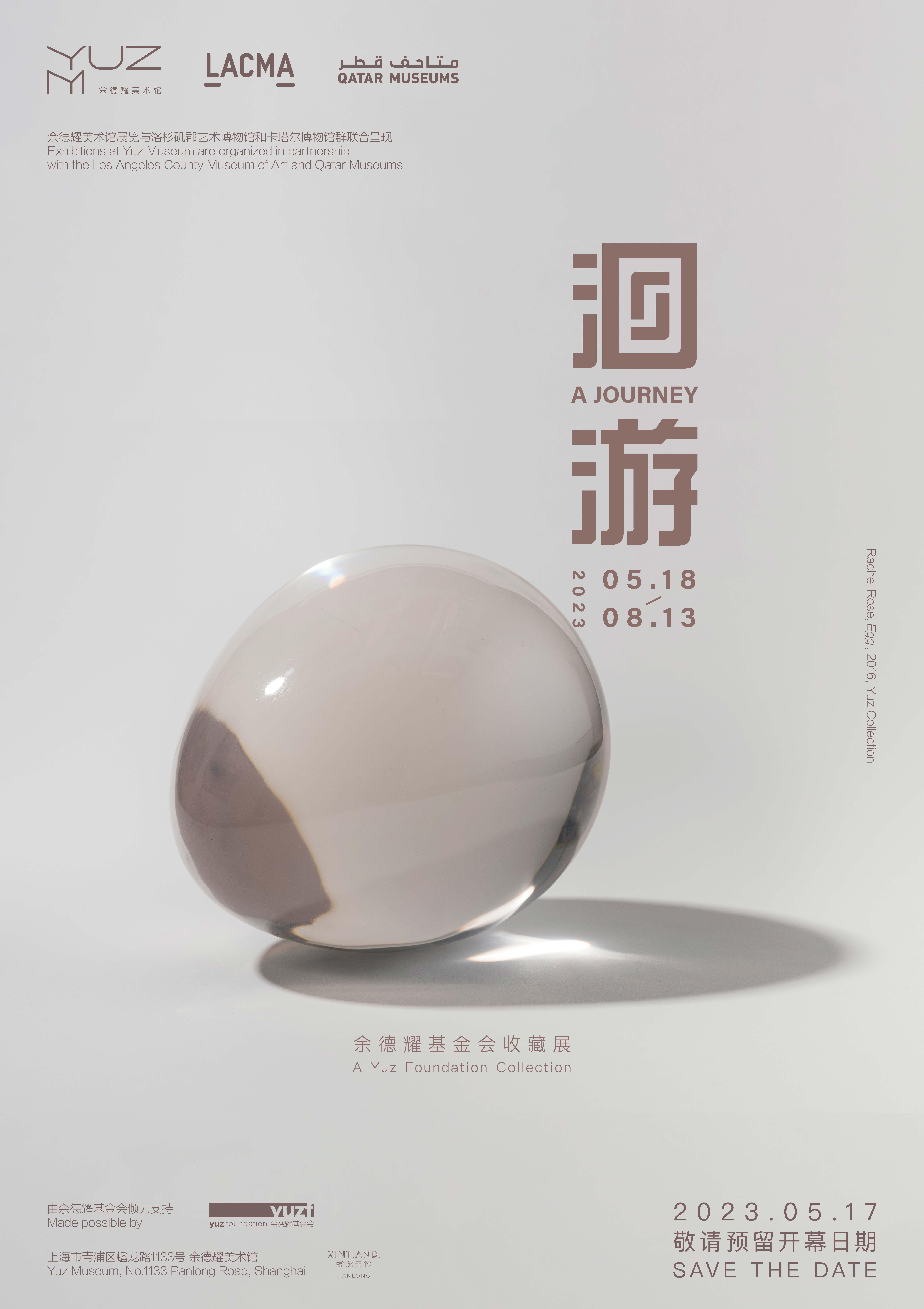Sin Titulo
2011 - Sculpture (Sculpture)
Engel Leonardo
As with so many other colonized geographies, the ways in which violence has become a natural and expected component of Santo Domingo reflects the forced friendship between the beneficiaries and residues of Modernism. What distinguishes these two communities? What separates them? Bars, naturally. In this untitled work, Engel cages everyday household items in steel bars as a metaphor for this condition. Only those who have something valuable to protect can afford such restrictive barring systems, which are viewed almost as status symbols. Even when they are unnecessary, their ubiquity creates a sinister picture of success. Not only does the proliferation of these bars negate their own visibility, but it also points to a paranoid future where everything one owns becomes “embellished” as something to be seen but not used.
Working with various mediums, from sculpture to installation, site-specific interventions, and readymades, Leonardo Engel addresses issues related to the climate, nature, traditional crafts, architecture, and popular culture of the Caribbean. His works show a particular investment in objects—their gestures, and their creation and production processes—as well as to the psychological and sociological discourses implicit within them. Engel carries out continual processes of research and observation of his environment. From the city of Santo Domingo, where he lives and works, to the peripheral urban centers and remote rural communities of the island, which he has visited on multiple occasions, his artistic production and daily experience are closely linked.
Colors:
Related works sharing similar palette

© » KADIST
Emma Wolukau-Wanambwa
2005A short video about Tate Modern by Emma Wolukau-Wanambwa depicts just two shots, both featuring the artist...

© » KADIST
Gan Chin Lee
2019In Studies of Chinese New Villages II Gan Chin Lee’s realism appears in the format of a fieldwork notebook; capturing present-day surroundings while unpacking their historical memory...

© » KADIST
Milena Bonilla
2009Milena Bonilla’s discursive practice explores connections among economics, territory, and politics through everyday interventions...

© » KADIST
John Wood and Paul Harrison
1996One of John Wood and Paul Harrison’s earliest works, Device features Harrison performing a series of actions, assisted by the titular ‘devices’, that use physics to force his body into unusual and uncomfortable positions...
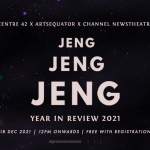
© » ARTS EQUATOR
JENG JENG JENG: Singapore Theatre Year In Review 2021 | ArtsEquator Thinking and Talking about Arts and Culture in Southeast Asia ArtsEquator Viewpoints December 2, 2021 JENG JENG JENG…! Year in Review is back! Where did 2021 go? How did the year unravel, and where have we arrived at? In a year where the arts has had to acquiesce to multiple rules, hopeful for a return to normalcy, 2021 had us hurtling through an unknown abyss of multiple emotions best captured through this year’s theme: JENG JENG JENG! From anticipation, to tentative excitement, shock, surprise and even the indescribable, our beloved colloquialism JENG JENG JENG covers it all...

© » KADIST
Nazgol Ansarinia
2013In the early 2000s, as urban redevelopment accelerated and intense construction significantly diminished public space in Tehran, state-funded murals began to represent imaginary landscapes on building facades...

© » KADIST
Gan Chin Lee
2019In Studies of Chinese New Villages II Gan Chin Lee’s realism appears in the format of a fieldwork notebook; capturing present-day surroundings while unpacking their historical memory...

© » KADIST
Charles Gaines
1980To make his series Shadows (1980), Gaines subjected 20 potted plants to a uniform procedure...

© » ARTFORUM
Title, Theme Announced for Sixth Aichi Triennale – Artforum Read Next: ART BASEL REVEALS EXHIBITOR LIST FOR 2024 SWISS FAIR Subscribe Search Icon Search Icon Search for: Search Icon Search for: Follow Us facebook twitter instagram youtube Alerts & Newsletters Email address to subscribe to newsletter...
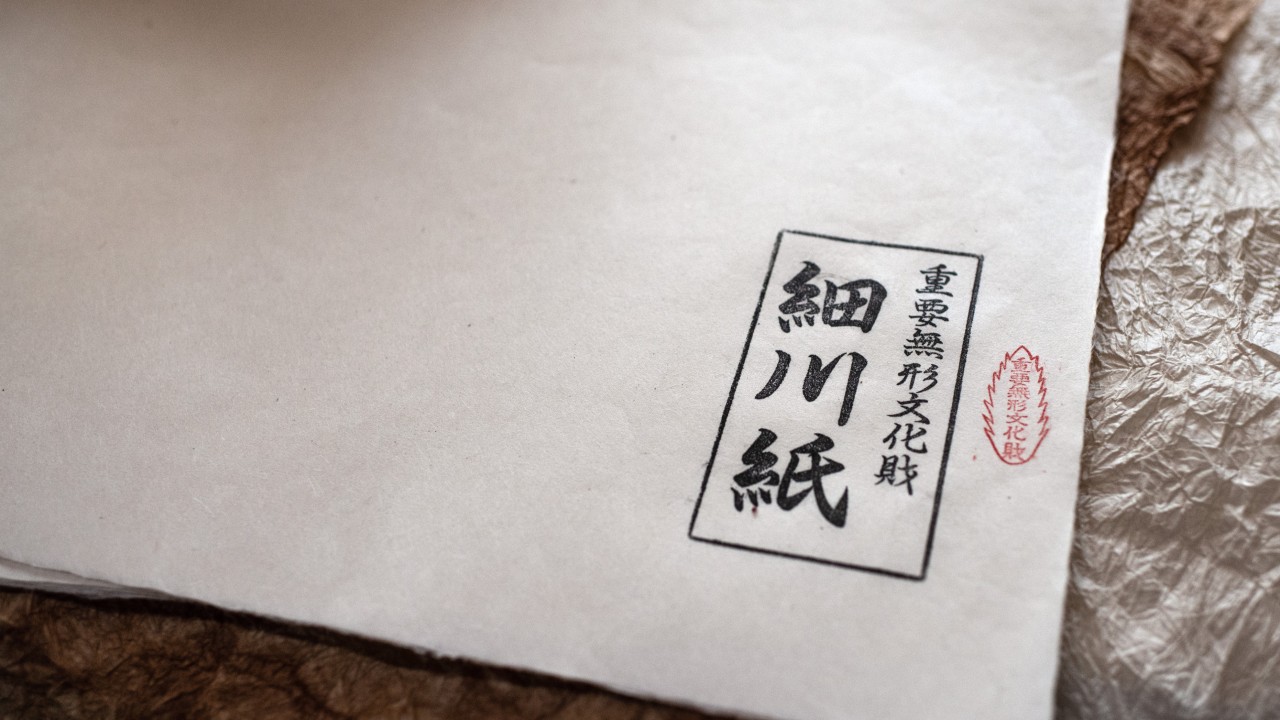
© » SOUTH CHINA MORNING POST
All about washi: Japanese handmade paper’s ancient Chinese roots, its uses from writing to home decor, and why it can cost US$120 a sheet | South China Morning Post Advertisement Advertisement Asia travel + FOLLOW Get more with my NEWS A personalised news feed of stories that matter to you Learn more Sheets of Hosokawa-shi, a type of Japanese washi recognised by Unesco as an item of intangible cultural heritage...

© » KADIST
Natasha Wheat
2011Wheat’s work is built on a strong conceptual framework that weaves together commentary on social and political issues and the radical potential for change...

© » KADIST
Andrea Bowers
2010The small drawings that comprise Study from May Day March, Los Angeles 2010 (Immigration Reform Now) and We Are Immigrants Not Terrorists are based on photographs taken at a political rally in downtown Los Angeles in which thousands of individuals demonstrated for immigrants’ rights...

